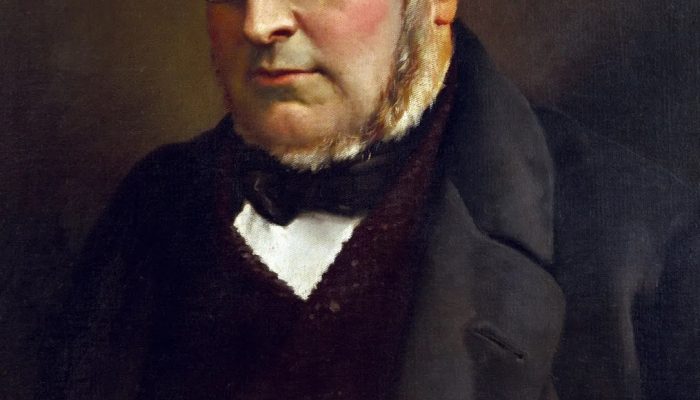Count Camillo de Cavour was a pivotal figure in the unification of Italy. Here’s a detailed note on his contributions-
Position and Ideology-
- Count Camillo de Cavour was the Chief Minister of Sardinia-Piedmont, one of the Italian states.
- Unlike revolutionary figures such as Mazzini, Cavour was not a democrat or a revolutionary. His approach was pragmatic and strategic.
Background and Skills-
- Cavour came from a background of wealth and education, typical of the Italian elite at the time.
- He was more comfortable speaking French than Italian, reflecting his cosmopolitan outlook.
Cavour’s role in the Italian unification was marked by his diplomatic acumen, strategic military planning, and ability to navigate the complex political landscape of the time, ultimately contributing to the consolidation of Italy as a nation-state
Diplomatic Strategies-
- Cavour was known for his diplomatic skills. He formed a strategic alliance with France, which was crucial for Sardinia-Piedmont’s success against Austrian dominance in Italy.
- This alliance was instrumental in defeating Austrian forces in 1859, a significant victory in the journey towards Italian unification.
Military Campaigns and Alliances-
- The military efforts to unify Italy were not limited to regular troops. Cavour’s leadership also saw the participation of numerous volunteers, led by the legendary Giuseppe Garibaldi.
- In 1860, this combined force made significant strides in southern Italy, particularly in the Kingdom of the Two Sicilies, rallying local peasant support against the Spanish rulers.
Unification Achievements-
- The efforts culminated in 1861 with the proclamation of Victor Emmanuel II as the king of a united Italy.
- Despite the high rates of illiteracy and a general lack of awareness about liberal-nationalist ideologies among the Italian populace, especially in the south, the unification movement succeeded in bringing together various Italian states under a single monarch.
Public Perception and Legacy-
- The success of the unification movement was significant, but it’s important to note that many in the newly unified Italy, especially the peasant masses, were not fully aware of the nationalist ideologies driving the movement. Some even thought ‘La Talia’ (a misunderstanding of ‘Italia’) referred to the wife of Victor Emmanuel II.
Also Check – The Role of Women in Nationalist Struggles – Short note
Also Check – The Frankfurt Parliament
Also Check – Giuseppe Mazzini – Italian Revolutionary thinker
Also Check – Giuseppe Garibaldi- Italian freedom fighter
Also Check – Count Camillo de Cavour
Also Check – The Rise of Nationalism in Europe- 39 Mcqs
Also Check – The Rise of Nationalism in Europe – Class 10 – Notes
Also Check – Otto von Bismarck- Architect of German Unification
Also Check – Briefly trace the process of German unification
Also Check – Napoleon and the Napoleonic Code- Impact on European Societies and Legal Systems

